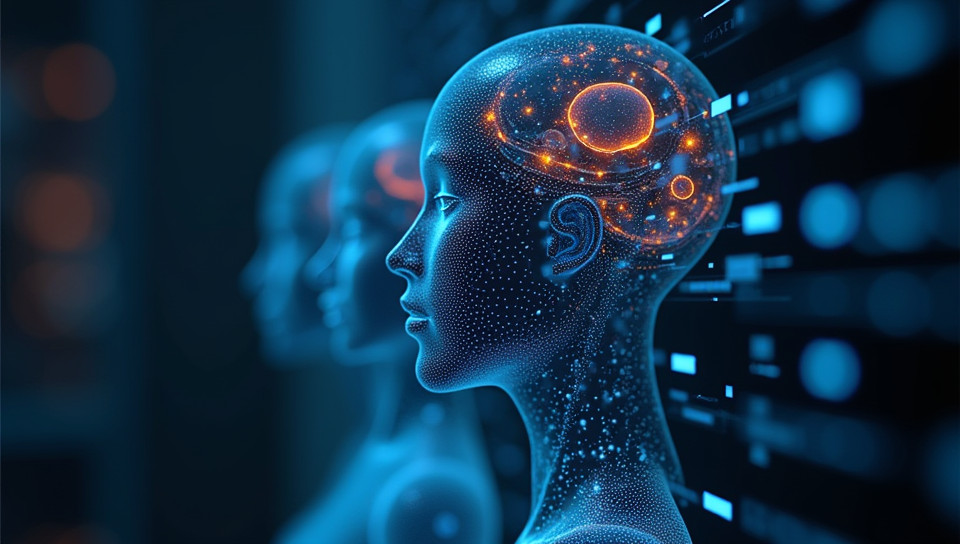Neural networks are fundamental to deep learning approaches 72%

Neural Networks: The Backbone of Deep Learning
As we delve into the world of artificial intelligence, one concept stands out as the foundation upon which deep learning approaches are built: neural networks. These complex systems have revolutionized the way we think about machine learning, enabling computers to learn from vast amounts of data and make decisions with unprecedented accuracy.
The Evolution of Neural Networks
Neural networks have their roots in the 1940s, when Warren McCulloch and Walter Pitts proposed a mathematical model for how neurons might communicate. Over the years, this concept has evolved through various iterations, including the development of multi-layer perceptrons (MLPs) and convolutional neural networks (CNNs). Today, neural networks are a crucial component of deep learning models, allowing them to learn complex patterns in data.
How Neural Networks Work
At their core, neural networks consist of interconnected nodes or "neurons" that process and transmit information. Each node applies an activation function to the inputs it receives, enabling the network to learn non-linear relationships between variables. As data flows through the network, weights are adjusted based on the error between predicted and actual outputs, allowing the model to refine its understanding of the underlying patterns.
Types of Neural Networks
There are several types of neural networks, each suited for specific applications: - Feedforward neural networks (FFNNs) - Recurrent neural networks (RNNs) - Convolutional neural networks (CNNs)
The Power of Neural Networks in Deep Learning
Neural networks have enabled deep learning models to achieve remarkable success in a wide range of tasks, from image recognition and natural language processing to predictive analytics. By leveraging the power of neural networks, these models can learn from vast amounts of data, identify complex patterns, and make predictions with high accuracy.
The Future of Neural Networks
As research continues to advance our understanding of neural networks, we can expect even more sophisticated applications in the fields of computer vision, natural language processing, and predictive analytics. With their ability to learn from experience and improve over time, neural networks are poised to play an increasingly central role in shaping the future of artificial intelligence.
Conclusion
Neural networks are a fundamental component of deep learning approaches, enabling models to learn complex patterns in data and make predictions with high accuracy. As we continue to push the boundaries of what is possible with neural networks, we can expect even more innovative applications across various fields. Whether you're a seasoned practitioner or just starting your journey in artificial intelligence, understanding the power and potential of neural networks is essential for success in this rapidly evolving field.
- Created by: Samuel Jiménez
- Created at: July 28, 2024, 1:22 a.m.
- ID: 4147
